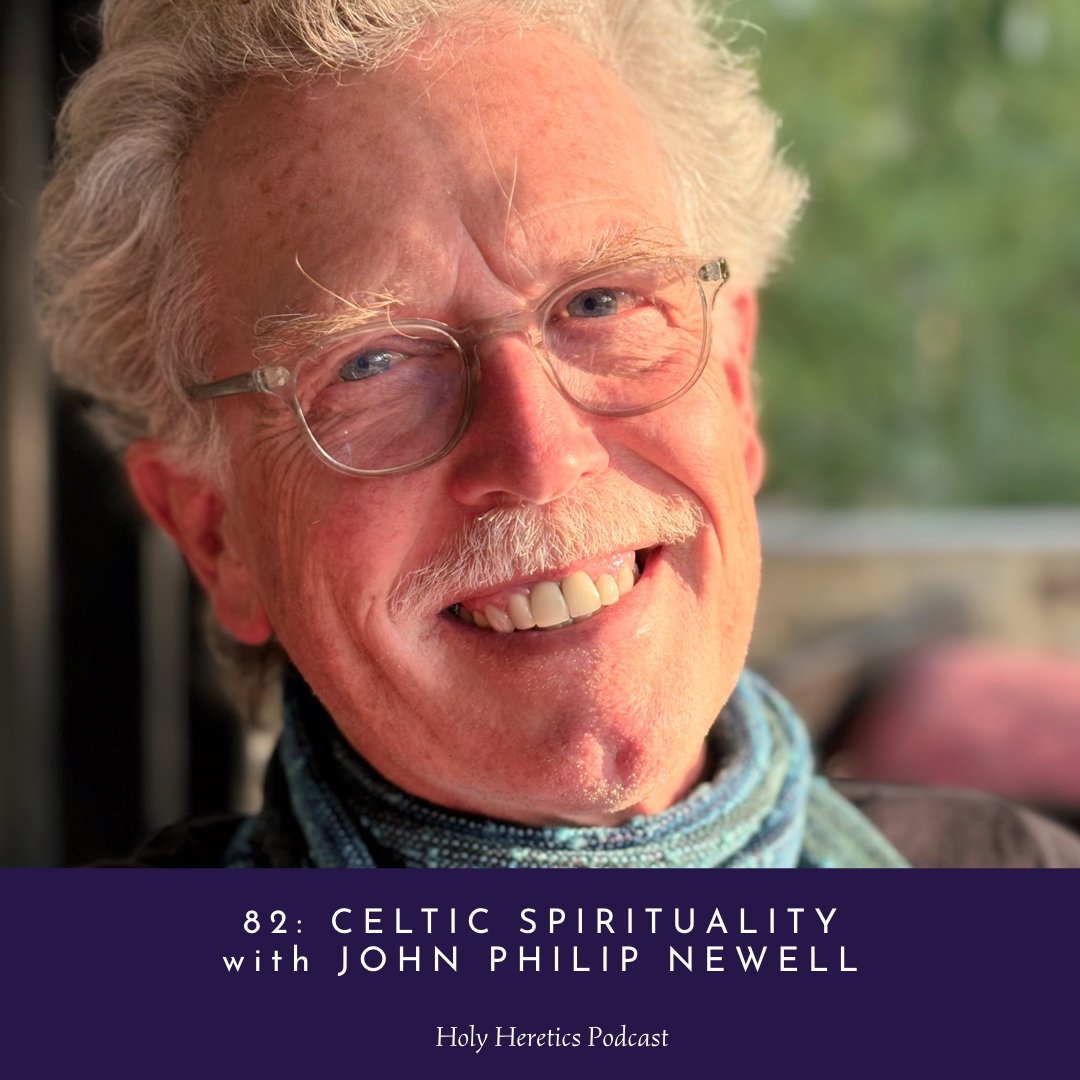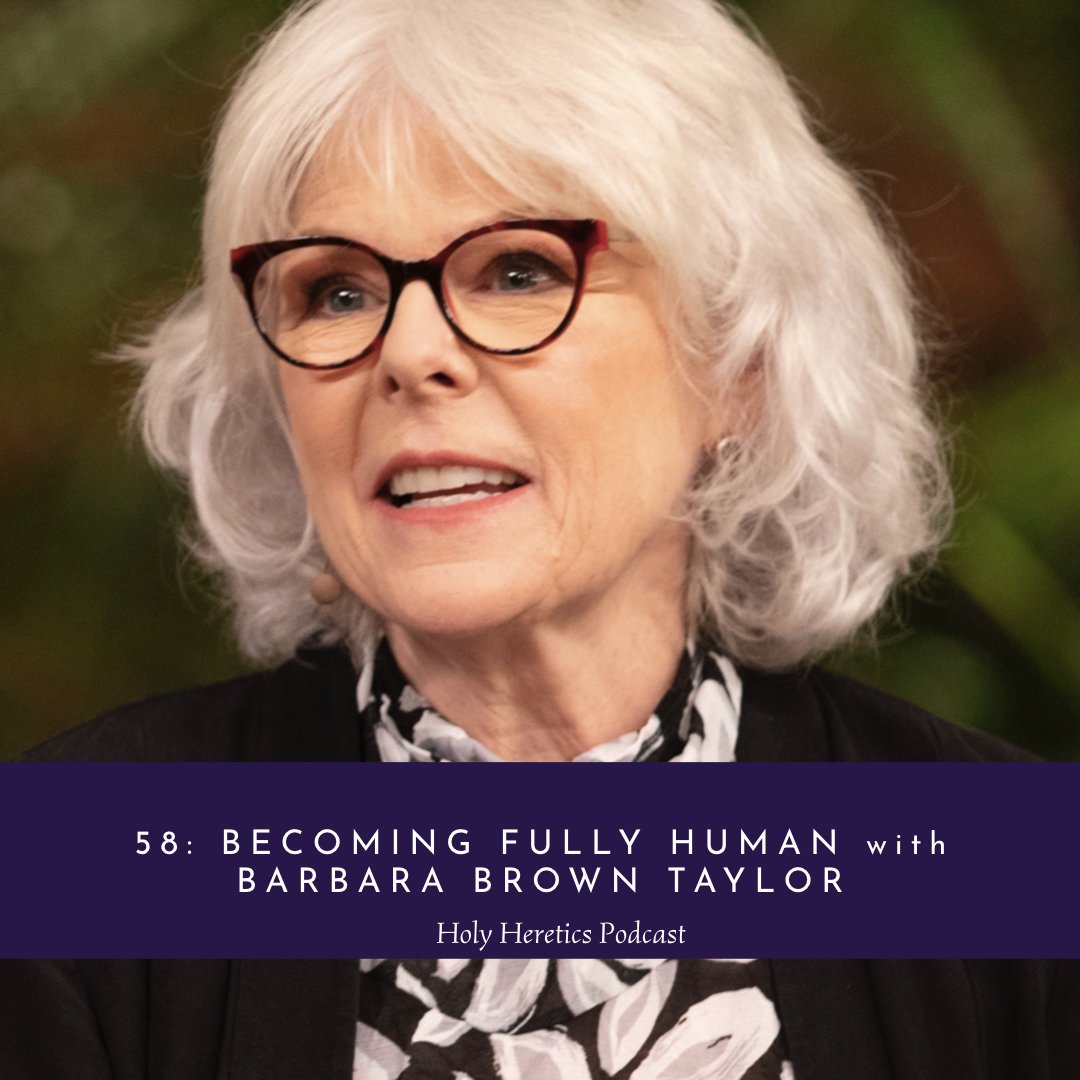The Woman Who Made Vincent Famous
“I would think it dreadful to have to say at the end of my life, I’ve actually lived for nothing, I have achieved nothing great or noble.”
Johanna Bonger is one of my heroes.
Jo, as she called herself, was born in 1862 to a modest Dutch family and raised in traditional Flemish fashion with a strong sense of decorum and a stoic indifference toward the world. Jo made a conscious decision to pursue a profession in education, while her sisters were groomed as future wives and mothers. Her plodding and somewhat uninteresting life changed at 22 years old when she met a Parisian art dealer named Theo. An impetuous and good-looking charmer, Theo proposed during their second meeting. Jo naturally declined. Yet, Theo persisted. His Bohemian outlook and sense of adventure ultimately won her over. In April 1889, a year and a half after his initial proposal, they were married.
Leaving Amsterdam for free spirited Paris meant days in art galleries, stimulating conversations at the café, and evenings at the theater. Her new husband was respected in his trade, and he specialized in a contemporary breed of artists known as Impressionists. Folks like Gauguin, Pissarro, and Toulouse-Lautrec were his drinking companions. However, one particular struggling artist captivated Jo’s imagination. She apparently only met him briefly, but that was enough. “Before me was a sturdy, broad-shouldered man with a healthy color, a cheerful look in his eyes and something very resolute in his appearance,” she wrote in her journal. His eyes, stature, struggles, and later, his story would send her on a quest to ensure the world also got to meet her new brother-in-law, Vincent van Gogh.
Vincent was a troubled soul, but her new husband loved him more than he loved himself. So much so that a short nine months after Theo and Jo got married, they named their first-born son Vincent. Raised by an artistic yet distant mother, Theo and Vincent were knit together not only by blood, but by trauma. Theo was a crucial support system for Vincent. He encouraged Vincent's artistic pursuits and provided him with financial support, allowing Vincent to focus on his painting without worrying about money. Though Vincent later moved to the south of France, they wrote to one another almost daily. Theo sent money and encouragement, Vincent mailed painting after painting to his brother in hopes he would find an audience for his art. Only one of Vincent’s paintings actually sold during his lifetime.
Overcome by his artistic and relational failures, Vincent’s mental health took a sharp decline. After cutting off his ear in Arles, Theo arranged for the suffering Vincent to move to a small village just north of Paris, to be in the care of Dr. Paul Gachet. It was the beginning of the end of their shared life together. Vincent committed suicide just weeks later, and within six months, Theo was dead from syphilis.
Suddenly, just twenty-one months after her adventurous marriage to Theo, Jo was alone. The only thing she had to show for their brief time together was a small child, and over 400 paintings from her brother-in-law. In grief from her turn of events, Jo moved back to the Netherlands and opened a boardinghouse. The New York Times Russell Shorto writes:
“Over the next weeks, dressed in mourning, she settled into her new home. She unpacked linens and silverware, met her neighbors and prepared the house for guests, all the while caring for little Vincent. She seems to have spent the greatest amount of her settling-in time — months, in fact — deciding precisely where to hang her brother-in-law’s paintings. Eventually, virtually every inch of wall space was covered with them. ‘The Potato Eaters,’ the large, mostly brown study of peasants at a humble meal that scholars consider Vincent’s first masterpiece, was hung above the fireplace. She festooned her bedroom with three canvases depicting orchards in vibrant bloom. One of her guests later remarked that ‘the whole house was filled with Vincents.’”
Her grief turned into a beautiful obsession, and she remembered her husband’s dying wish. “As well as the child,” she wrote, “he has left me another task — Vincent’s work — getting it seen and appreciated as much as possible.” So, she set to work collecting and cataloguing Vincent’s numerous paintings, letters, and drawings. They were scattered all over Europe. Some were given as payments for debts. Others were just left behind and forgotten as Vincent moved from place to place. A few were found in the basement of an old tavern and one was even recovered from a chicken coup.
With no formal art training and only scant understanding of the business, Jo began the task of introducing the world to Vincent by lending a few paintings to exhibitions in the early 1890’s. Nobody was impressed. Without knowing Vincent’s personal story, his art appeared bizarre, almost grotesque. “By the end of her first year on her own — living with Vincent’s paintings and his words, reading deeply, immersing herself from time to time in these gatherings — Jo had experienced a kind of epiphany: Van Gogh’s letters were part and parcel of the art. They were keys to the paintings,” continues Shorto.
Jo hatched a plan to approach art critics not only with Vincent’s paintings, but with his personal letters as well. It was Vincent’s life that made his paintings come to life. It was his struggle to maintain a modicum of stability that illuminated the passion behind his bold strokes and vivid use of color. In order to appreciate the beauty of Vincent’s paintings, you needed to understand the darkness that overwhelmed his life. Art critic Jan Neth was the first to recognize Vincent’s talent by seeing and feeling his paintings through the lens of Vincent’s letters. He later admitted being “repelled by the raw violence of some Van Goghs,” but he finally came around.
Critics initially refused to view Vincent’s life and work together, believing it improper to mix the personal with the professional. But a closer look at Vincent’s art reveals not just the painting before you, but the inner man, the troubled soul balancing reality and insanity, the ideal with the macabre. Jo gave the world both the art and the artist.
In 1905, Jo organized a Van Gogh retrospective in Amsterdam. Showcasing 443 works, it is still the largest exhibition ever to be held of his work. “First and foremost, she wanted, come what may, to complete the task that Theo had set himself in 1890—publicizing Vincent’s art. Secondly, and no less importantly to her, she supported the socialist view that looking at art could elevate people,” writes Hans Luijten in his biography Jo van Gogh-Bonger: The Woman Who Made Vincent Famous. Between 1891 and 1925, Jo sold nearly 200 of Vincent’s artworks. When she died in 1925, Vincent’s work was world-renowned and exhibited at museums all around the world.
After her death, Jo’s son turned the family home into a private museum containing the 220 original Van Gogh paintings Jo could never part with during her life, including two of the five sunflowers paintings. These family heirlooms, valued in the billions of dollars, now make up the vast collection of Vincent’s work at the Van Gogh Museum in Amsterdam.
That’s where I met Jo just a few weeks ago. Unknown to me until a recent trip to Amsterdam, I met Jo in the last room in the museum dedicated to “The Woman Who Made Vincent Famous.” Her story is amazing. It made me cry. She was an ordinary person who lacked Vincent’s extraordinary talents, yet without her persistence, sacrifice, vision, and will, he may have been lost to history. The world owes a great debt to Johanna van Gogh-Bonger. She lived for something bigger than herself and achieved greatness in her own way.
Today is my birthday. 53 times around the sun. I’m an ordinary person without extraordinary talent. However, I want to live a noble life. I want to spend the rest of my days pursuing something bigger than myself, seeking beauty, goodness, compassion, and wonder. The talent to create such things is beyond me, but that doesn’t mean I can’t serve as a sort of docent, pointing folks to the beauty that remains.
We live in sinister times. Our world is afloat in a storm of our own making. The United States is losing touch with reality. The absurd is now normal. The obscene is orthodox. After stoking hatred and violence for years, a former president nearly lost his ear at the hands of his own henchmen. Living in America is a daily dose of trauma, and the coming weeks will only worsen our symptoms. I no longer want to waste what precious time I have dealing with the dreadful and writing about the wicked. I want to see the world through Jo’s eyes, dark, yet brimming with beauty. I want to live in peace regardless of my circumstances. “It was Vincent who helped me to accommodate my life in such a way that I can be at peace with myself. Serenity—this was the favorite word of both Vincent and Theo, the something they considered the highest. Serenity—I have found it,” she shared late in life.
Give me sunflowers and sunsets, starry nights and wheat fields, peasants and potato eaters, wooden chairs and ancient chapels. Let me feast on small things. Let us all use our time for something beyond ourselves, for the good, the noble, and the true.
Gary Alan Taylor





Whether you realize it or not, you are creative! You were born with gifts and talents that only you can give the world. The first step towards claiming this Divine inheritance is recognizing that you are a sacred, creative being.